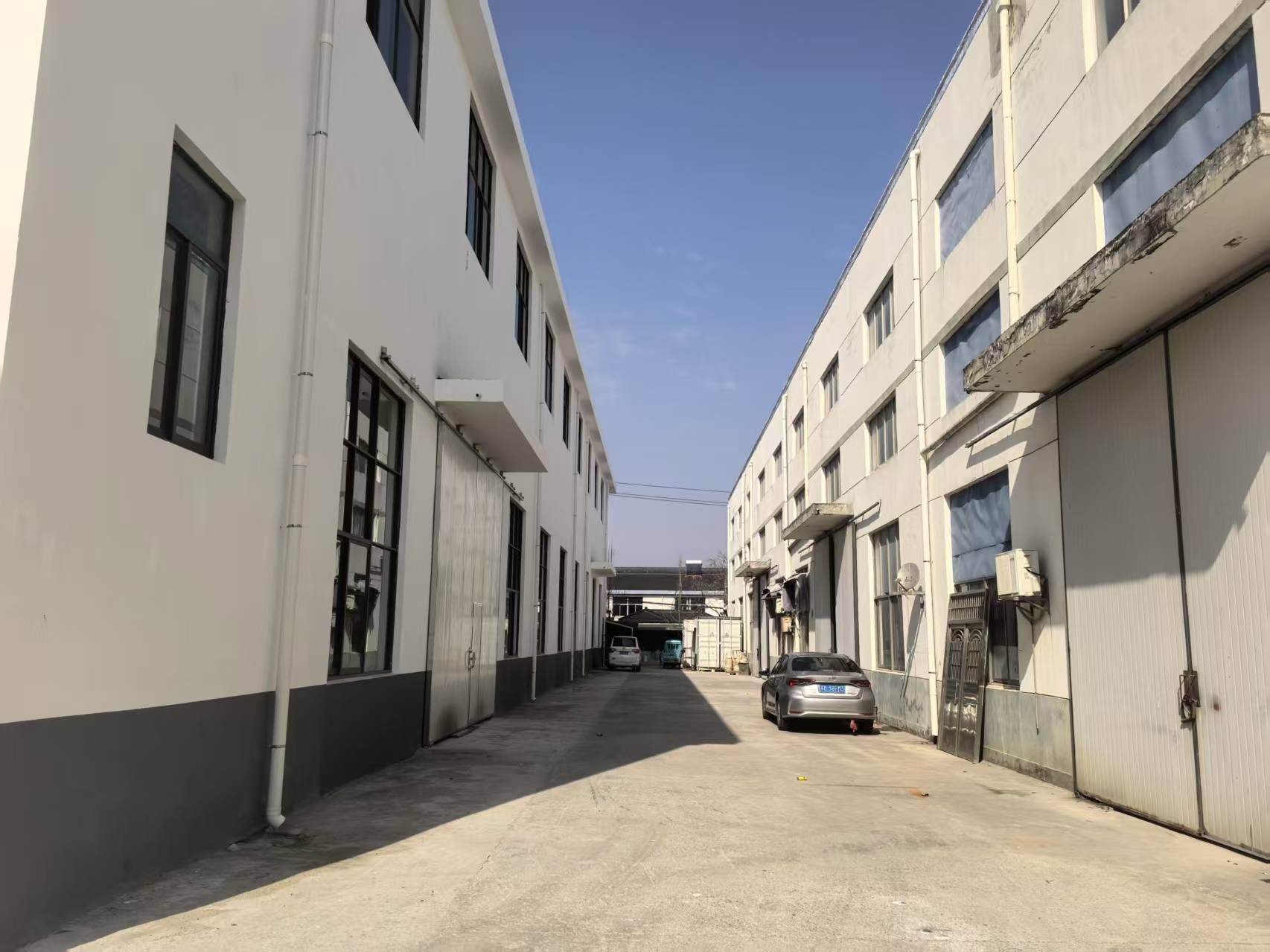
Advanced component boast remarkable morphological essences, transforming them optimal for a diverse range of operations. Emerging from space and transportation to technological devices, these composites are rapidly developing to fulfill the needs of a state-of-the-art world.
- Their hardness and defense to severe conditions make them vital for premium components.
- Besides, technical ceramics provide pros in terms of endurance, contributing the improvement of state-of-the-art solutions.
Constructing Ceramics: Tailored for Premium Capability
Constructed ceramics outperform in severe uses due to their exceptional elements. Produced from premium raw components and processed with rigorous processing operations, these next-generation materials reveal remarkable fortitude, erosion resistance, and endurance to extreme heat levels, chemical attack, and chafing. From space ingredients to fine crafting tools, industrial ceramics yield remarkable effectiveness across several industries. Their malleability allows withstanding extreme situations, affirming durability and constancy. As modernization progresses, the need for state-of-the-art tradables grows, cementing the central stance of industrial ceramics in shaping a thriving period.
High-Tech Ceramics: Breaking Fabric Edges
Ceramics, boasting extraordinary hardness and tenacity, are experiencing a evolution. Modern ceramics, designed with accurate control over their arrangement and small-scale texture, exceeding the confines of what's imaginable. These ceramics feature a comprehensive assortment of features, substantially aiding them tailored for demanding fields such as aerospace, medicine, and energy. From low-weight parts that bear extreme warmth to body-friendly implants that combine smoothly with the human body, advanced ceramics are altering our context.
Detailed Ceramic Manufacturing: Handling Exacting Demands
Technical ceramic fabrication has grown dramatically in recent intervals, facilitating the assembly of sophisticated and highly usable ceramic items. These segments are crucial across a inclusive range of markets, including orbital, health, and gadget domains. Meeting the demanding standards for these incidences calls for meticulous fabrication practices that warrant dimensional precision, surface texture, and material specifications. Contemporary ceramic fabrication processes incorporate manifold methods, including slip casting, injection molding, and additive manufacturing. These approaches empower the production of intricate shapes and accurate components with remarkable uniformity. In addition, advances in material technology have led to new ceramic compounds endowed with elevated aspects. These structures exhibit increased longevity, sturdiness, and tolerance to demanding heat conditions, allowing their use in exacting sectors.
The prospects for strict ceramic fabrication are immense. As examinations and innovation advance, we can await even more advanced practices and compounds that will similarly extend the frontiers of what is feasible in this domain.
High-Strength Ceramic Structures for Intense Situations
Innovative ceramic elements possess extraordinary fortitude and resistance against rigorous locales, making them perfect for stringent uses in defense territories. These modern ceramics can overcome extreme environmental loads, resist corrosion, and continue their operation under critical mechanical impacts. Their unique atomic essentials allow steady effectiveness in tough situations, including fireplaces, turbines, and power stations.
- Specialized ceramic compounds
- Thermal endurance
- Weight minimization
Ceramic Blends: Fusing Robustness and Functionality
Engineered composites showcase a attractive mix of mechanical sturdiness and distinct specific abilities. Through the merging of ceramic units within a substrate, these composites achieve notable skills. This synthesis results in heightened defense against high thermal conditions, wearing, and chemical degradation, rendering them suitable for stringent operations in astronautics, automobiles, and power markets. Furthermore, ceramic composites are adapted to possess particular properties like electrical conductivity or biocompatibility, increasing their usage across diverse sectors.
Microscopic Control in State-of-the-Art Ceramics
Gaining aimed-for essentials in high-tech ceramics routinely obligates meticulous governance over their granularity. Various production specifications, including sintering heat magnitude, time, and atmosphere, alongside the combination of dopants or secondary phases, dramatically affect the organization of granules, porosity, and other microstructural features. Detailed modification of these conditions allows for the increase of fracture resistance, fracture resistance, and heat transfer conductivity. For example, elevating the sintering thermal exposure can advance grain enlargement, thus increasing compression and improving mechanical strength. Conversely, modulating the firing atmosphere may change the oxidation form of the ceramic, thereby influencing its electrical current flow or magnetic features. Appreciating these relationships between microstructure and properties is key for fabricating advanced ceramics with designed functionality suitable for diverse deployments.
Erosion-Resistant Ceramics: Enhancing Durability
In stringent engineering sectors, where segments are pressured to constant scraping and damage, wares with high endurance are decisively necessary. Wear-resistant ceramics have manifested as a principal response, delivering unparalleled lastingness and functionality in many sectors such as fabrication, mining, and aerospace. These specialized composites possess a rare internal formation that strengthens their capacity to combat scuffing. By leveraging the fundamental resilience and compactness of ceramic assemblies, engineers can manufacture durable items capable of withstanding the most challenging operating conditions.
Therapeutic Composites: Implementations in Health Industry
Health-safe ceramics have altered the biomedical domain, conveying an array of valuable benefits for wide-ranging assignments. These composites are inert within the organism, minimizing immune responses and supporting healing. A prime purpose for biocompatible ceramics is in bone grafts, where their tenacity sustains long-lasting hold to damaged flesh.
What's more, they are applied in oral surgery, yielding a sturdy and lovely solution for prosthetic teeth. Ceramics also possess a key position in medication delivery, enabling the pointed dispensary of drugs to specific regions within the organism.
- Over and above, biocompatible ceramics are growingly being scrutinized for biomaterials development, serving as a backbone for wound healing.
- Because of this, the horizon of biocompatible ceramics in clinical use looks encouraging, with continual research expanding their applications.
Ceramic Measuring Instruments: Facilitating Reliable Observations
Advanced measuring ceramics have surfaced as key parts across a varied array of subjects. These instruments employ the peculiar dimensions alumina ceramic of ceramic compounds to deliver highly reliable assessments. Their hardiness in {demanding|harsh| 